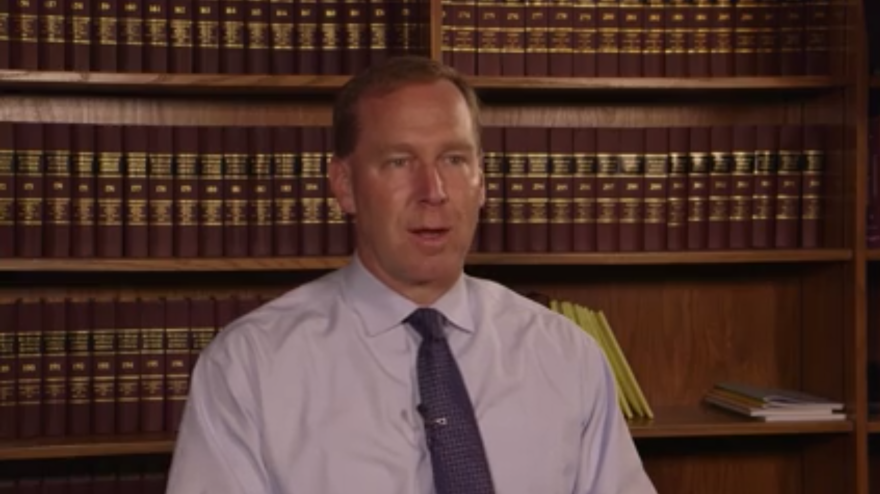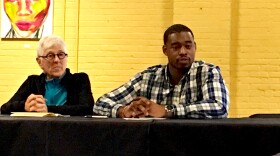Let’s start with some terms: In Michigan, the crime is “Ethnic Intimidation.” But yelling racial slurs at someone isn’t enough to be charged with a crime. Kent County Chief Assistant Prosecuting Attorney, Chris Becker, explains what the “ethnic” part of the term means.
“The defendant has to specifically harass somebody because of their race, gender, color, national origin, or religion.”
Beyond the targeted group or individual, the type of aggression also matters.
“They have to either assault them—so make some sort of physical contact with them. Damage their property, deface property around them. Or, threaten to assault them or damage property, and there’s a reasonable probability that that would happen.”
But even if those conditions are met, it’s the prosecutor, not police, who files the charge. Which is why the Grand Rapids Police Department can’t track cases of Ethnic intimidation—it’s not a code they can enter. We know, because we checked with them.
So, if you want to know the numbers in Kent County, there have only been seven cases of Ethnic intimidation in t he past five years. Which is not to say that people didn’t experience discrimination, but rather, that the term “Ethnic Intimidation” is the narrow definition of a specific crime.




